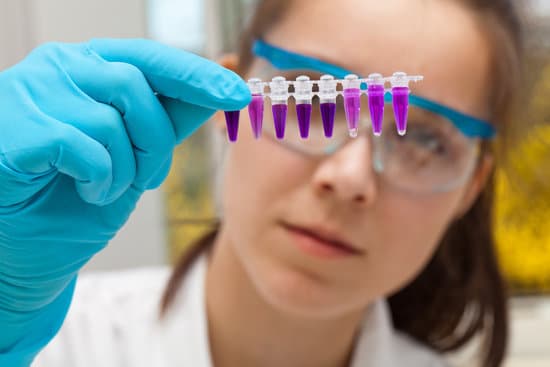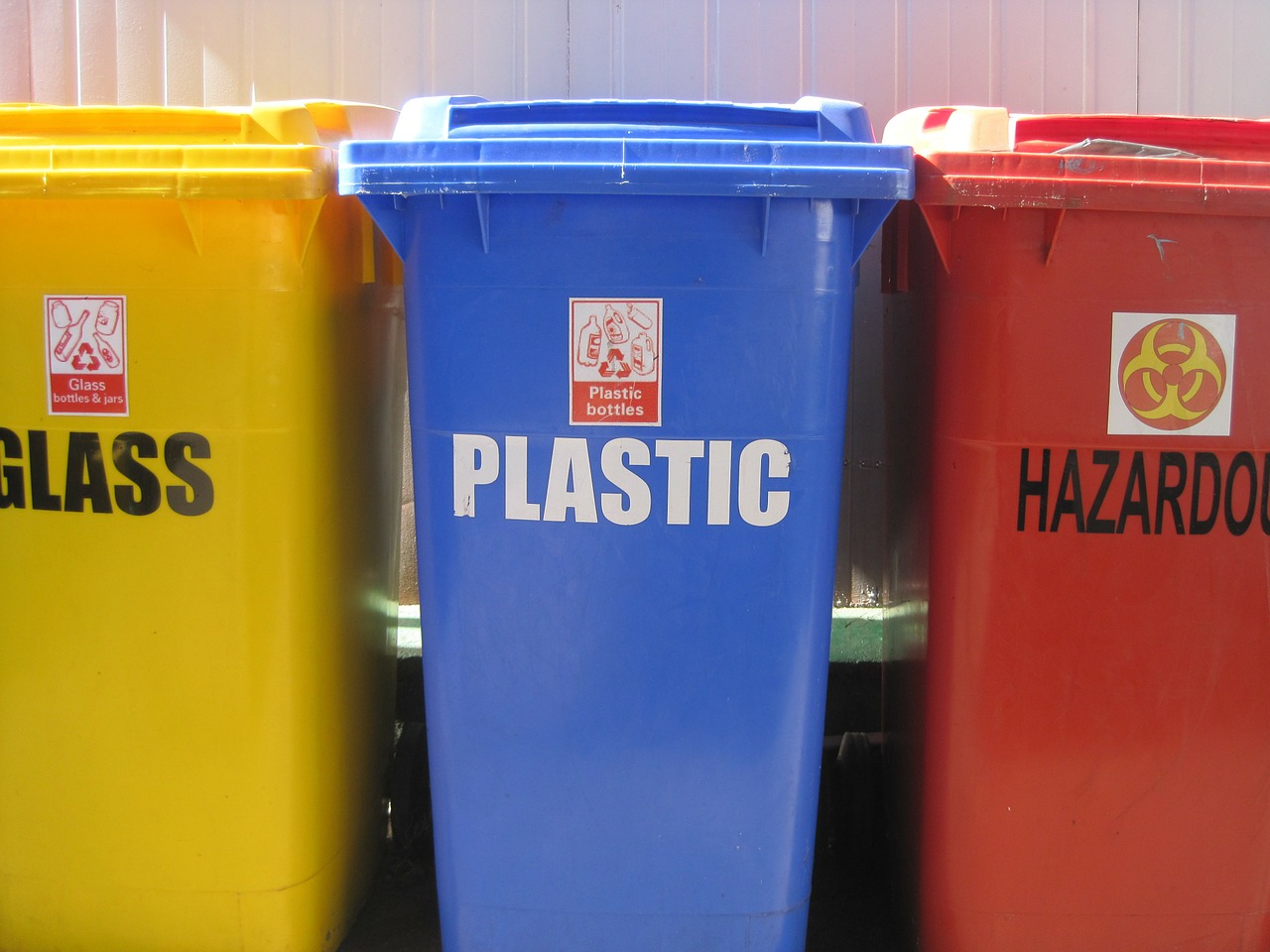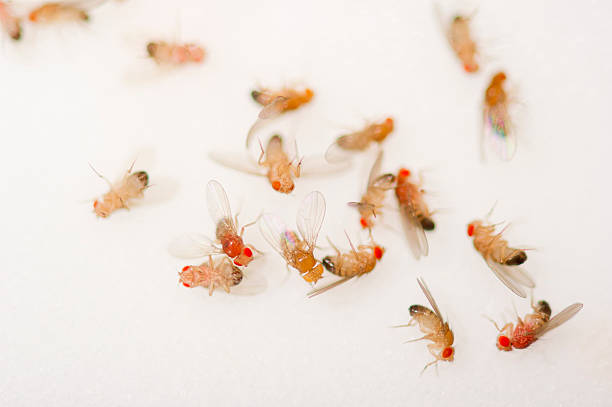
Hi Eline. We encourage
looking at waste using the well-known mantra: Reduce, Reuse, Recycle.
The first steps
should always be to look into reducing and reusing. This would be thinking
about how you run your experiments. Is there a way to optimize so that you use
fewer pipette tips?
Good planning can
mean you prepare your samples together and only use one pipette tip for each
chemical, or if you have variable amounts, to pipette twice with a smaller tip,
rather than switching to a bigger pipette tip for that one single sample. Can
you reduce the size of your experiments, so that you can use smaller pipette tips? For
the appropriate experiment/chemical, you can also label the used pipette tip
and reuse it multiple times throughout the day.
Choosing tips made from recycled plastics or switching to glass may also be options. And there are pipette tip washers on the market for those who want to go the extra mile.
Plastic pipette tips can
absolutely be recycled, but not each waste hauler has the facilities or the confidence to do so.
You need to go and discuss with your particular waste hauler and your HS&E
department. Different suppliers make their tips out of different plastics, so
maybe by changing pipette tip brands, you can find something your waste hauler can
recycle. The trickiest part tends to be convincing your waste hauler that your tips are not contaminated and have not interacted with any chemicals that will degrade the plastic.
Although it is
currently in its infancy, we have examples of successful pipette tip recycling.
Usually, it means separating your tips into hazardous/non-hazardous,
decontaminating them and then depositing them in a puncture proof recycling
container. However, do not do this without the written approval from your waste
hauler. If your waste hauler has not approved and they see pipette tips in the
recycling bag, they will just throw away/incinerate the entire lot because they
aren't sure. It takes a bit of leg work to get a tip recycling program started,
but it is completely possible.
Then of course, we also suggest some peripheral
ways to save. Beyond the actual tips themselves, reduce the amount of waste
associated with pipette tips by reloading your own tips - either from a bag of
tips, or an autoreload system. Pipette tip boxes are great for storing small
things in the lab and there are many good pipette tip box recycling schemes (and
for this you don't necessarily need to go through your waste hauler). Then
there are lots more tertiary reductions, such as combining orders with other
labs to reduce the amount of packing waste and delivery carbon footprint.



